Key Takeaways
- Anime flashbacks are essential to character development and motivation, driving the plot forward without interrupting the main story arcs.
- Flashbacks empower characters by reminding them of their reasons to fight and can lead to new powers or abilities through memories.
- The “flashback buff” trope has become a meme in anime culture, serving as a predictable yet effective tool in storytelling when used in moderation.
Flashbacks in anime storytelling are a very important tool that keeps expanding the character’s backstory; usually, the audience is informed of what may have happened in a character’s growth, motivation, or struggles. Unlike filler episodes, which might sidetrack main story arcs, flashbacks are thus carefully used to fill in these gaps and provide windows into a character’s past without actually interrupting the flow of the main plot. These also help the audience refresh their memory and remember important information that may be left behind from earlier episodes.
Beyond simple recaps, anime flashbacks have turned into a strong storytelling tool that can deeply affect a character in their development. It is through these moments that characters often receive a revitalized sense of determination, use the flashback as a plot point to surge and become stronger, or remember what exactly they are fighting for. From moments of loss to inspiration to crucial training sequences, flashbacks often act as pivotal motivators, pressing characters forward during heated combat. They could be used to show the birth of new powers, transforming character and plot in important ways.
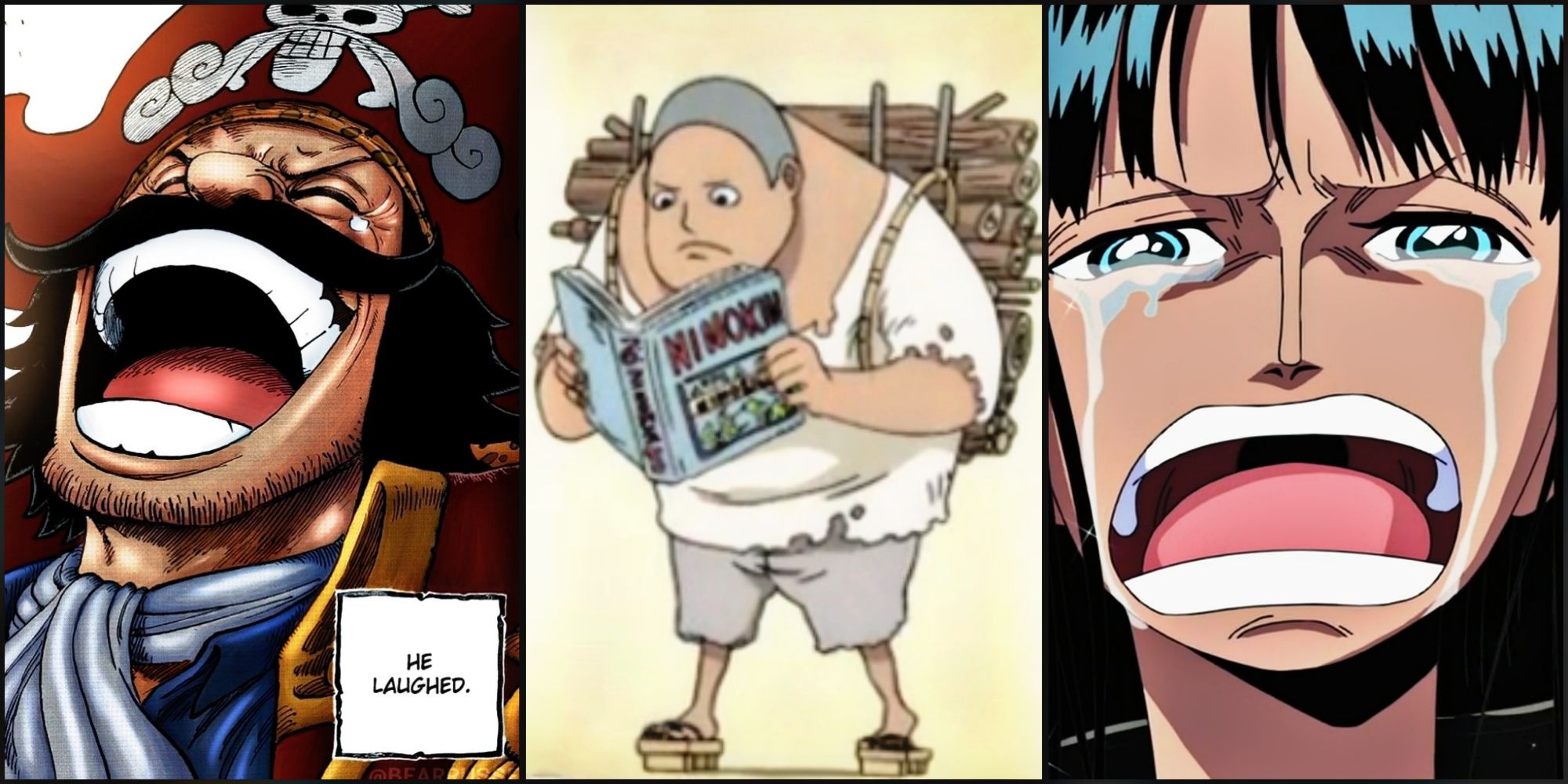
One Piece: 10 Best Flashbacks, Ranked
These flashbacks moved fans the most in One Piece.
Motivation Through Flashbacks
How Flashbacks Encourage Characters
Several anime have used flashbacks at times when their protagonists were in critical trouble for their lives, overcoming their self-doubt to fight again. This narrative strategy serves as a grounding reminder, anchoring the character into his personal motivations. The several flashbacks to childhood Naruto experiences serve to focus on his drive to become Hokage; Goku from Dragon Ball Z recalls challenges he has faced from his early days in order to go even harder in some of the most intense battles. Flashbacks for these characters and audiences remind them why they started fighting in the first place, which helps them to firm up their resolution when the stakes are high.
These flashback sequences also tend to empower characters by reminding them of whom they fight for, be it friends, family, or ideals. In this sense, Eren is an example from Attack on Titan, remembering the tragedies that have afflicted his family and thereby fueling an immense drive against the Titans. This binds not only the character with such memories but the viewers also, putting the hopes and emotions of the audience in tune with those of the protagonist. It is a technique that not only deepens character but rejuvenates new interest in their emotional journey.
Flashbacks as Power-Ups
Catalysts for New Abilities
Flashbacks in some series lead to different powers or abilities, as if the memories unlock something latent within the individual. A prime example would be Ichigo Kurosaki from Bleach; his memories usually create an advancement in his powers due to the links that he has with friends and family. In the same way, Deku from My Hero Academia, through flashback, remembers the ideal of All Might; he gets the flame of determination once more in order to use his quirk intelligently, which leads to new powers.
By this point, it’s almost an anime trope that flashbacks signal power-ups, usually some sort of character transformation or evolution. Predictable or otherwise, these are usually some sort of key moments in terms of growth and strength and thus are relatively satisfying for those who invested in character growth. In these cases, life experiences directly translate into increased physical and/or mental abilities; emotional growth coupled with increased physical prowess.
It’s Over For The Antagonist
No Chance Once The Progatonist Gets A Flashback
Flashbacks in anime sometimes stick longer in the minds of their viewers, with some simply giving insight while others flip the script on an entire arc. One of the most notorious has to be those from One Piece’s Luffy’s constant flashbacks about his crew struggling-which strengthened his will to protect them-mostly during the highly pivotal Marineford Arc. It was these moments that sealed his loyalty to his friends and an unbreakable spirit, which thereafter turned the tide of the story in his favor.
These are the moments that have made Sasuke’s motivations complex in Naruto through his flashbacks to the tragic family past and rivalry with Naruto. In turn, Demon Slayer relies on the same method to anchor Tanjiro’s motivation with his flashbacks to his family’s death because of the evocation of his compassion. These flashbacks are emotional anchors for setting up character motivations and thus adding to the viewing experience of such a series. They allow the viewer to observe a character at their most vulnerable, which strongly contrasts with his or her resilience in battle.
Flashbacks as a Trope
The “Flashback Buff”
Over the past years, flashbacks have become more of a trope, especially with the idea of a “flashback buff”-one where the memories of one’s past invariably strengthen a character’s resolve or power him/her up for the next move. At this point, such a trope has truly become a running meme in the anime community-a sort of premonition that if a protagonist gets a flashback mid-battle, it’s almost certain doom for the antagonist.
The “flashback buff”, which has gained such a reputation that anime like Gintama will humorously upend expectations of how common this trope can get with a character suddenly becoming unbeatable thanks to a brief, emotional flashback to their past. It’s become somewhat predictable in some series, but that’s actually part of its effectiveness: audiences recognize the setup, often champing at the bit about just how it will be overcome after revisiting a particularly pivotal memory. Its meme-like nature just goes to show how beloved and sometimes overused flashbacks have become in anime culture.
The Line Between Effective and Cliché
When Flashbacks Go Too Far
But overdependence on flashbacks tends to make them, in some instances, repetitive or even annoying to many fans. Viewers will find themselves losing interest if the story isn’t really moving anywhere due to overusing them or at the wrong timing. There is a thin line between when a well-placed flashback adds to the story and when too many dilute the story. In Naruto Shippuden, at times, the high frequency of flashbacks would prevent the pace of the narrative from picking up. Some fans complained of an overload by repeated sequences, especially the infamous swing flashback scene shown a dozen times.
Flashbacks are much more effective when done sparingly; they succeed in evoking an emotional response without drowning out the main plot. When done well, flashbacks are a great way to show audiences a character’s backstory and allow viewers to learn and grow alongside the characters. The key is in moderation, as too many run the risk of falling into the filler category-a trap many anime creators try to avoid.
To fans, however, flashbacks are sometimes more than a storytelling device-they are windows into the most formative moments of characters’ lives. This is, of course, as long as the creators maintain a careful balance and flashbacks continue to define anime by allowing a deeper connection between the characters and viewers while allowing each battle to have a significant purpose for being fought.
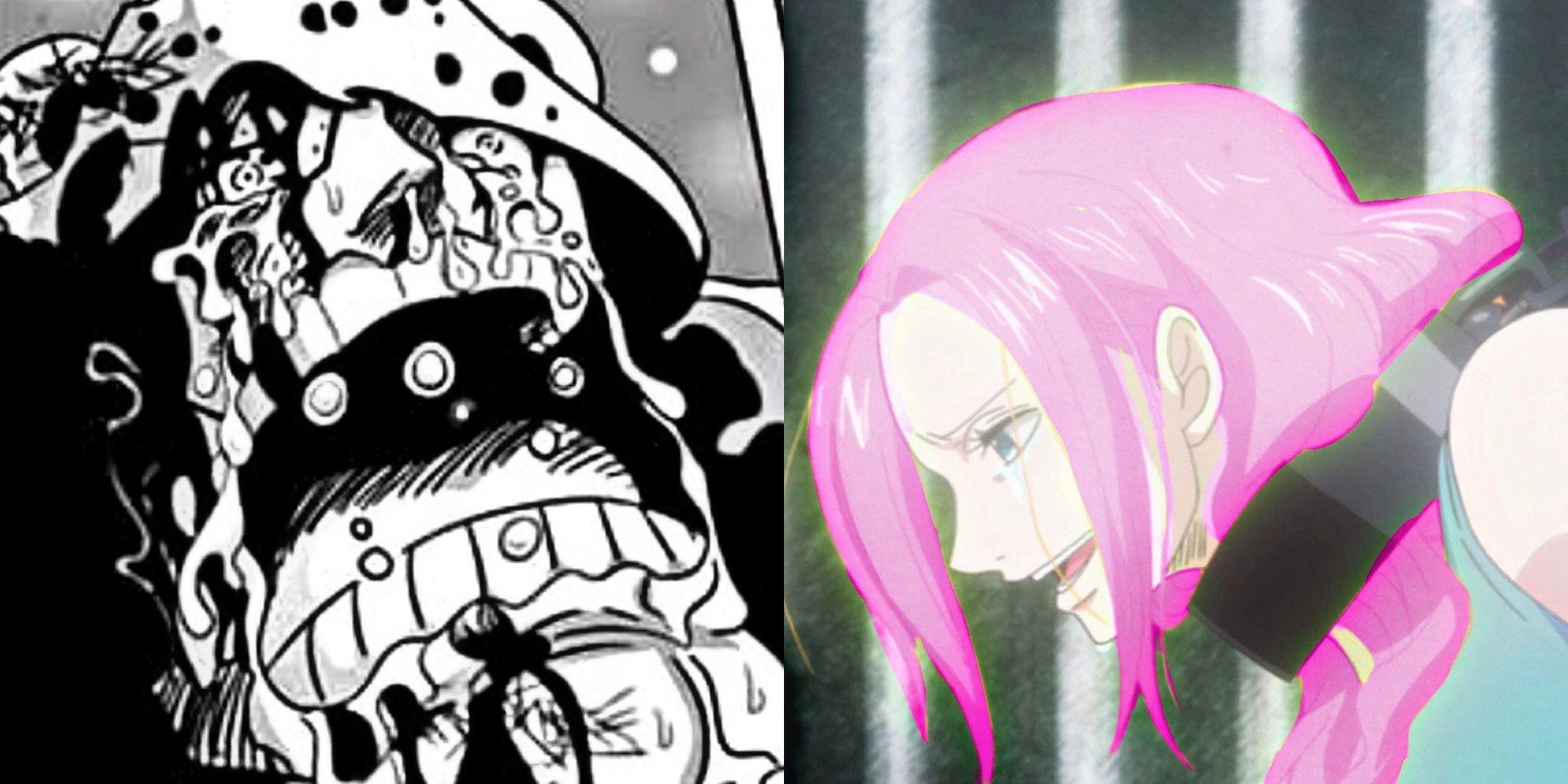
One Piece: Why The Kuma Flashback Is The Most Tragic Yet
Kuma’s flashback is one of the most tragic in One Piece.
-
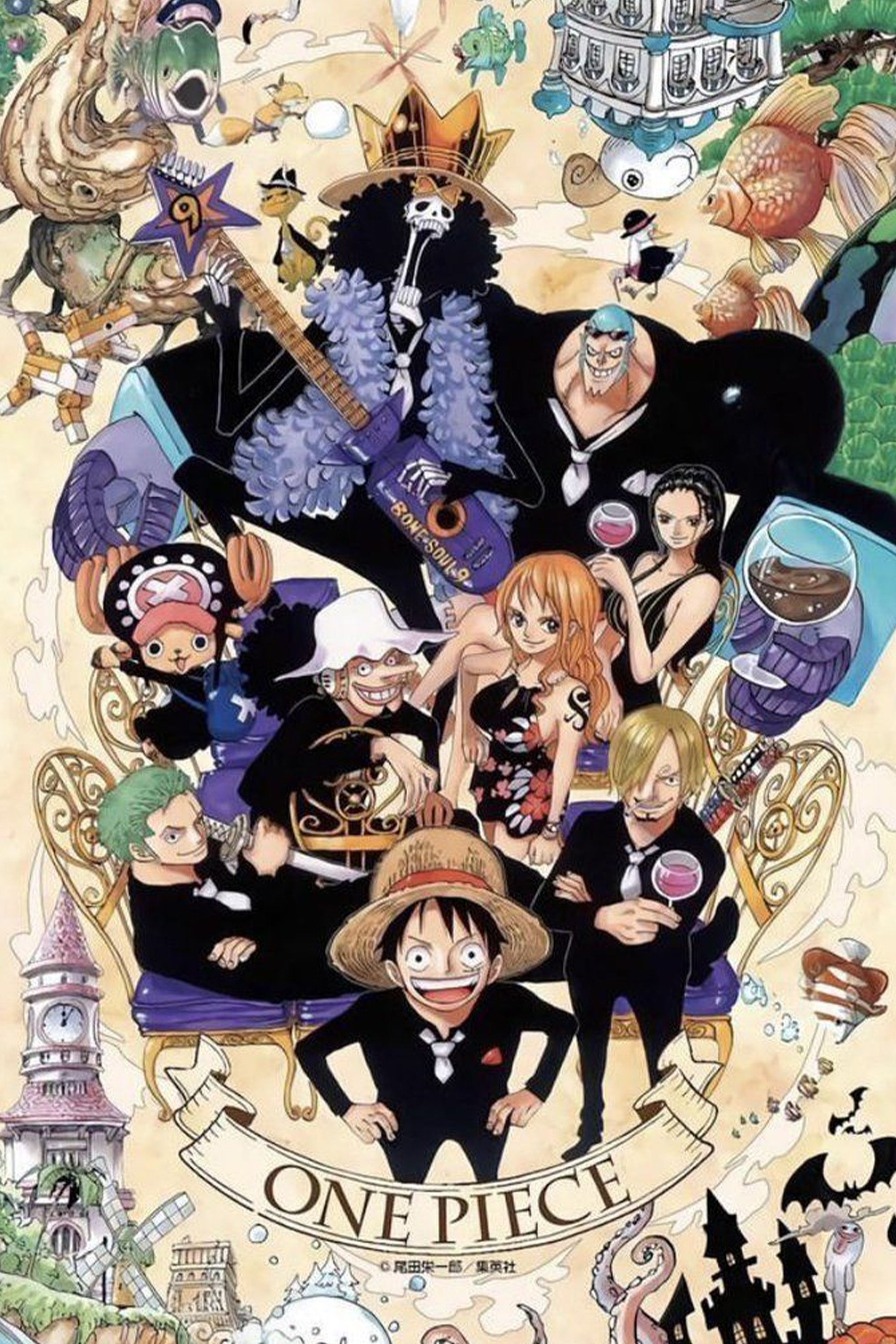
-
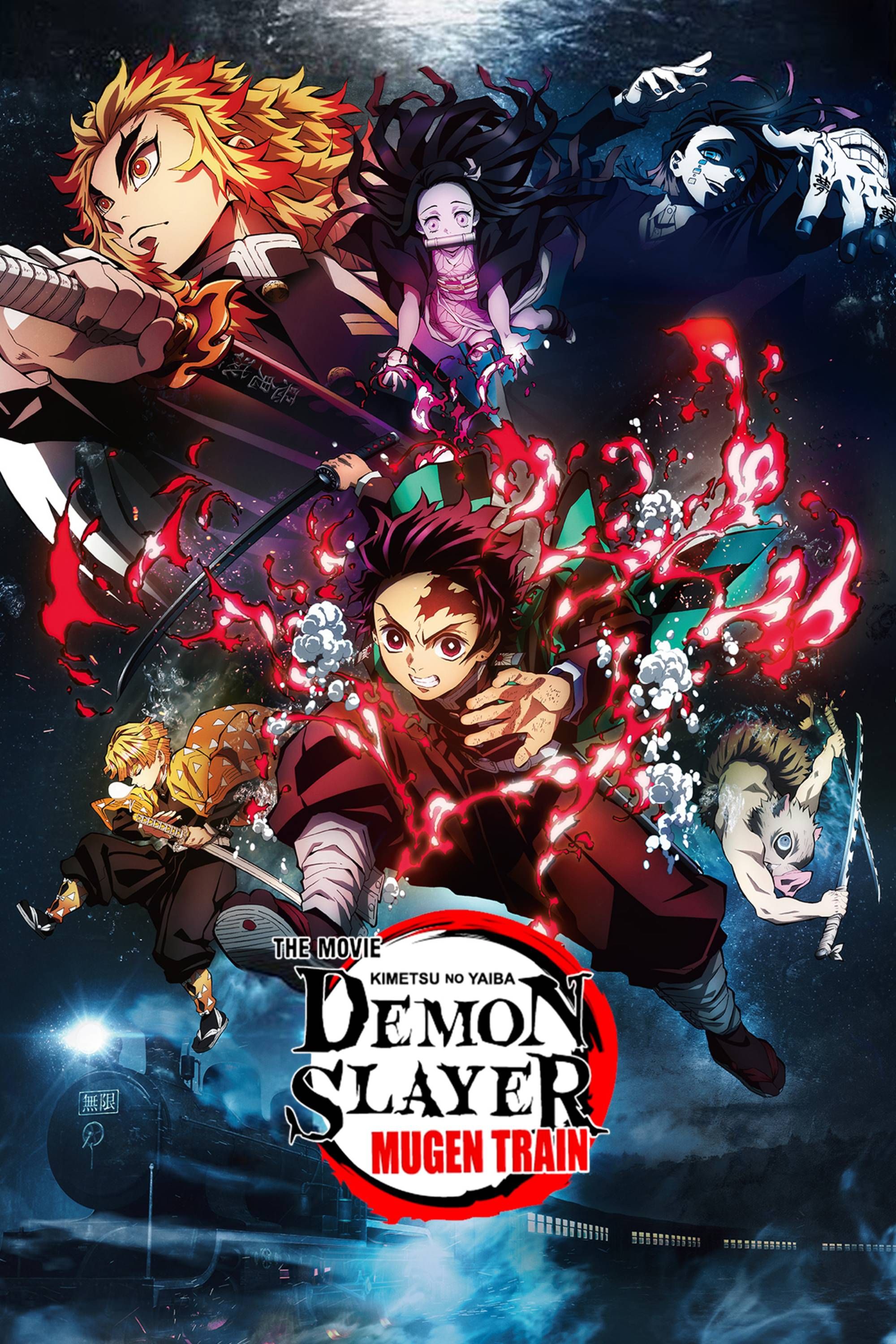
Based on Koyoharu Gotouge’s shonen manga, Demon Slayer: Kimetsu no Yaiba is an action anime set in Japan during the early 20th century. Seeking revenge for the murder of his family while also looking to save his sister, Tanjiro joins the Demon Slayer Corps as they try to eradicate Demons led by Muzan.

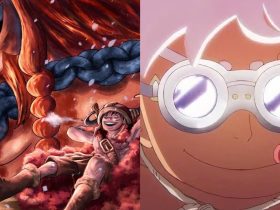
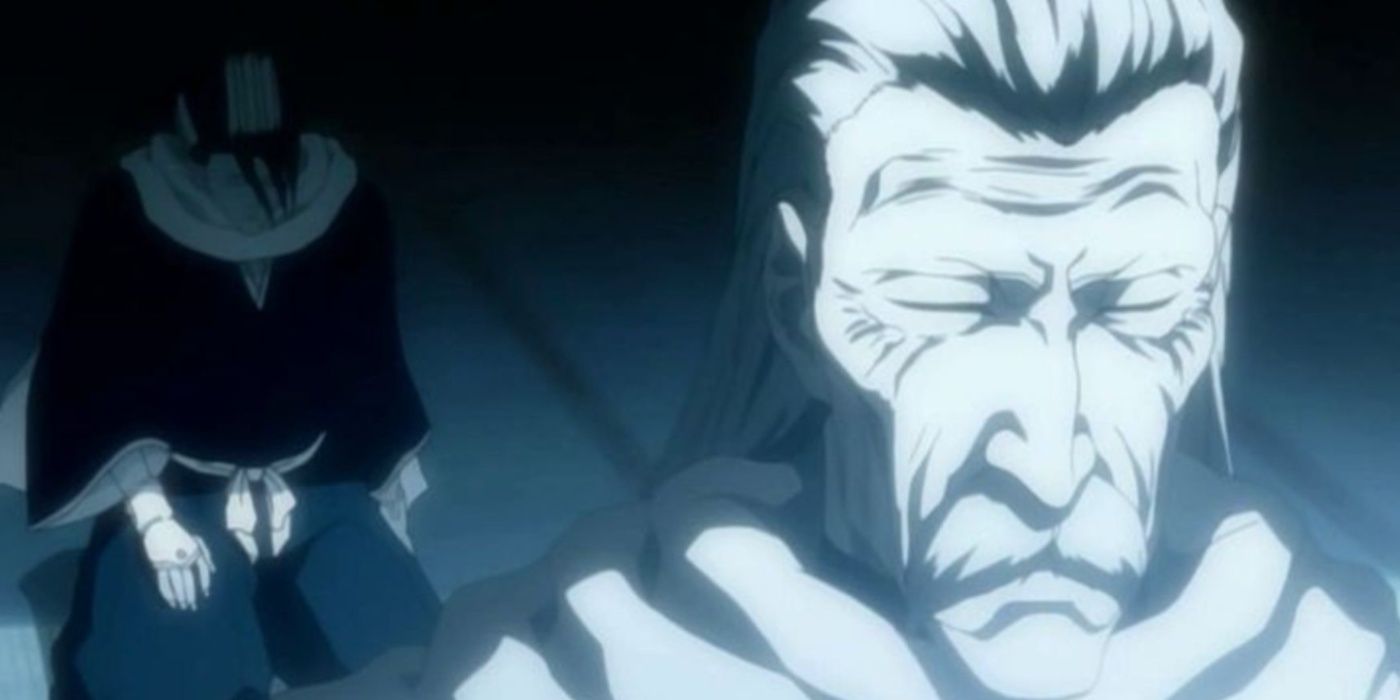
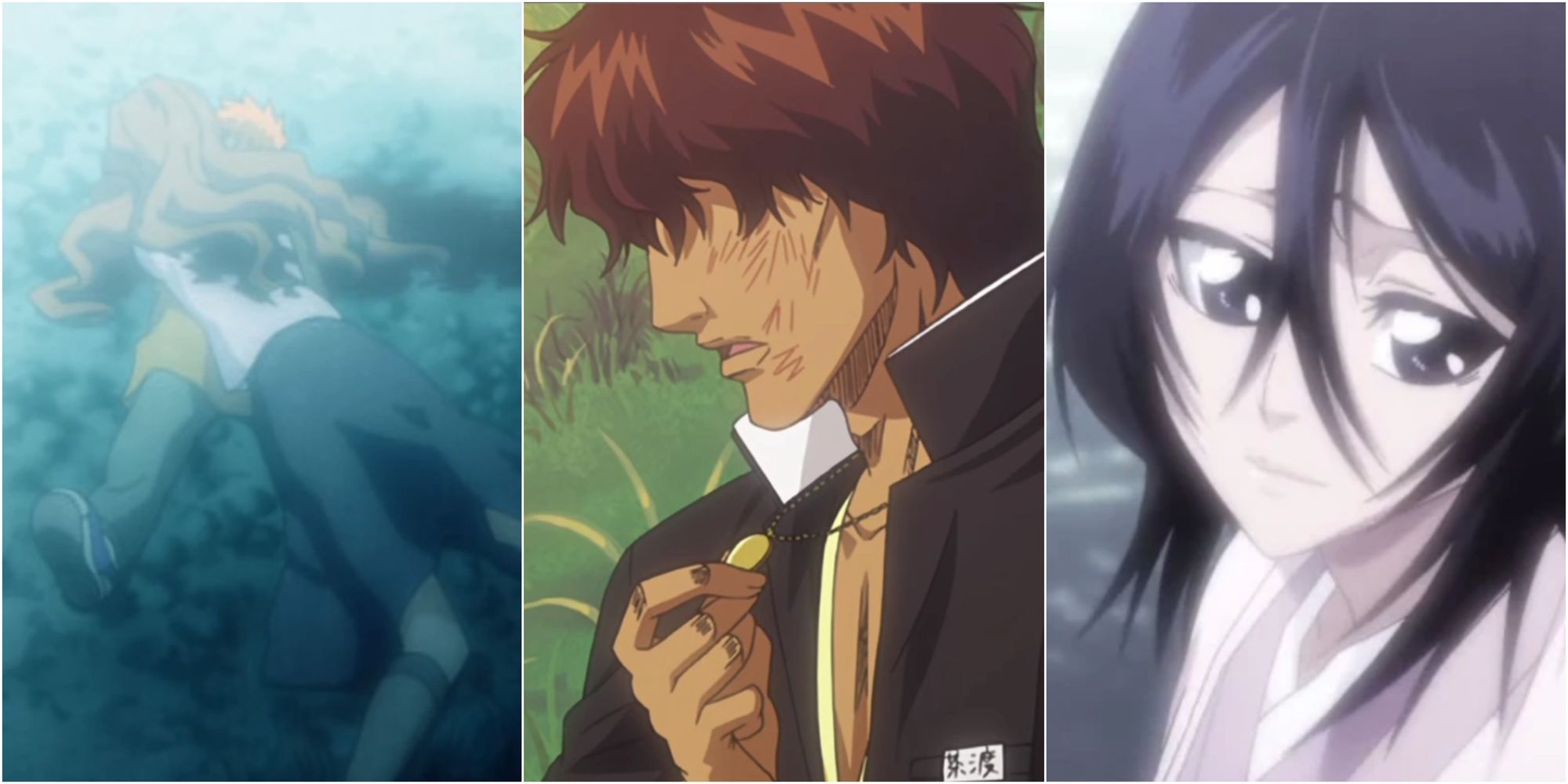
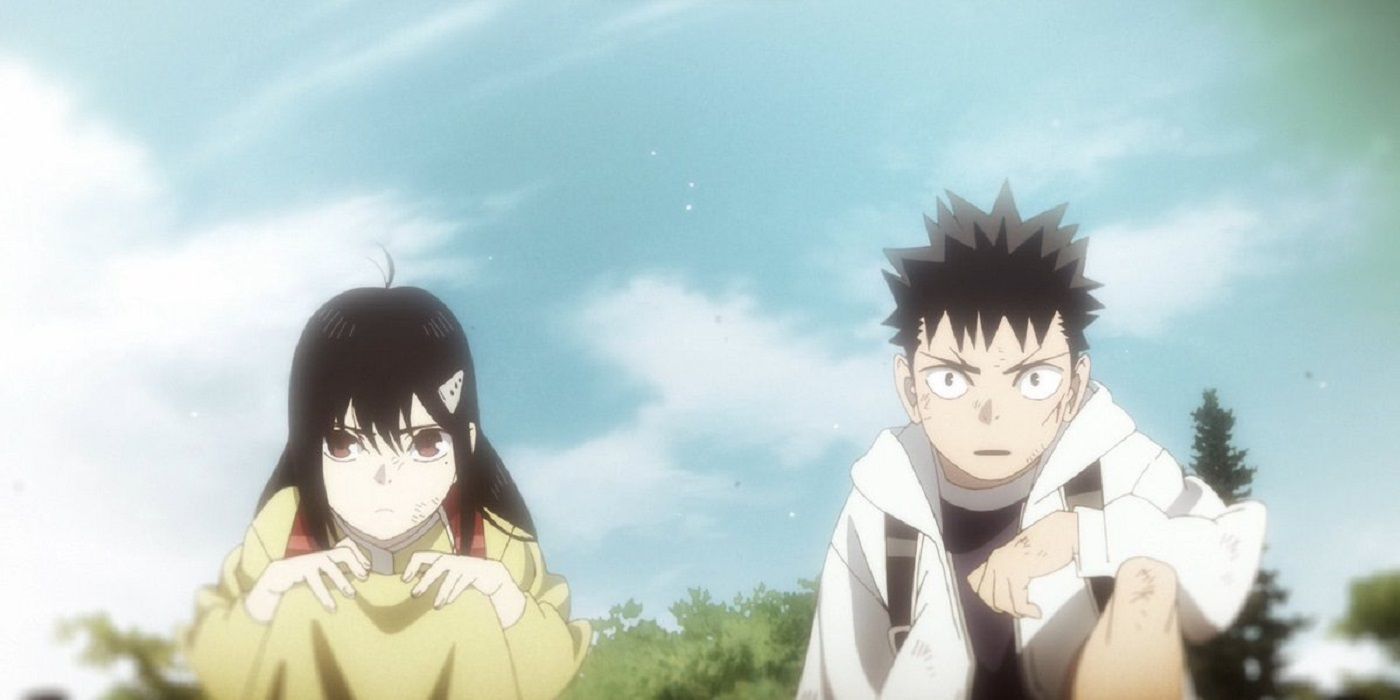
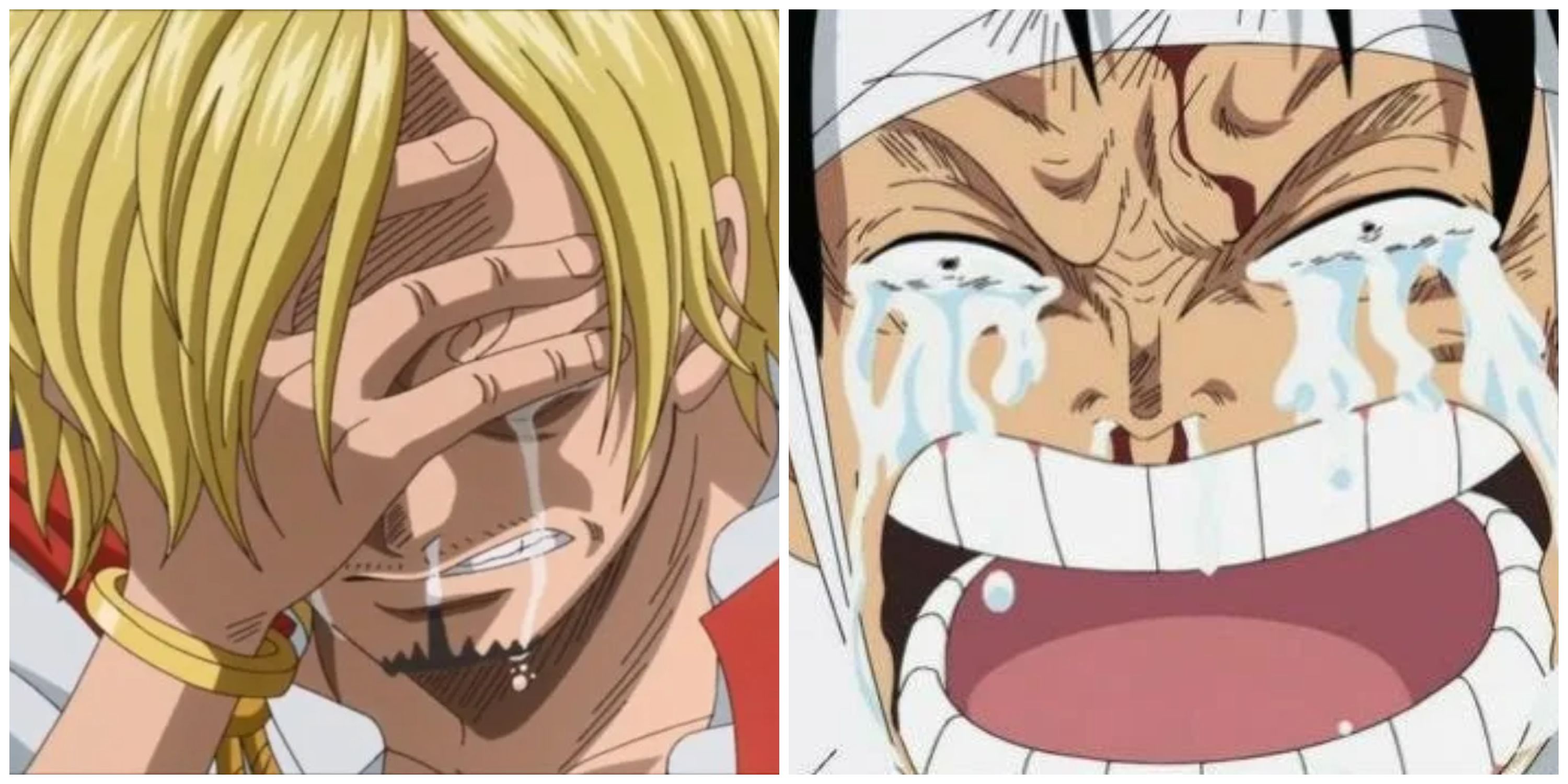
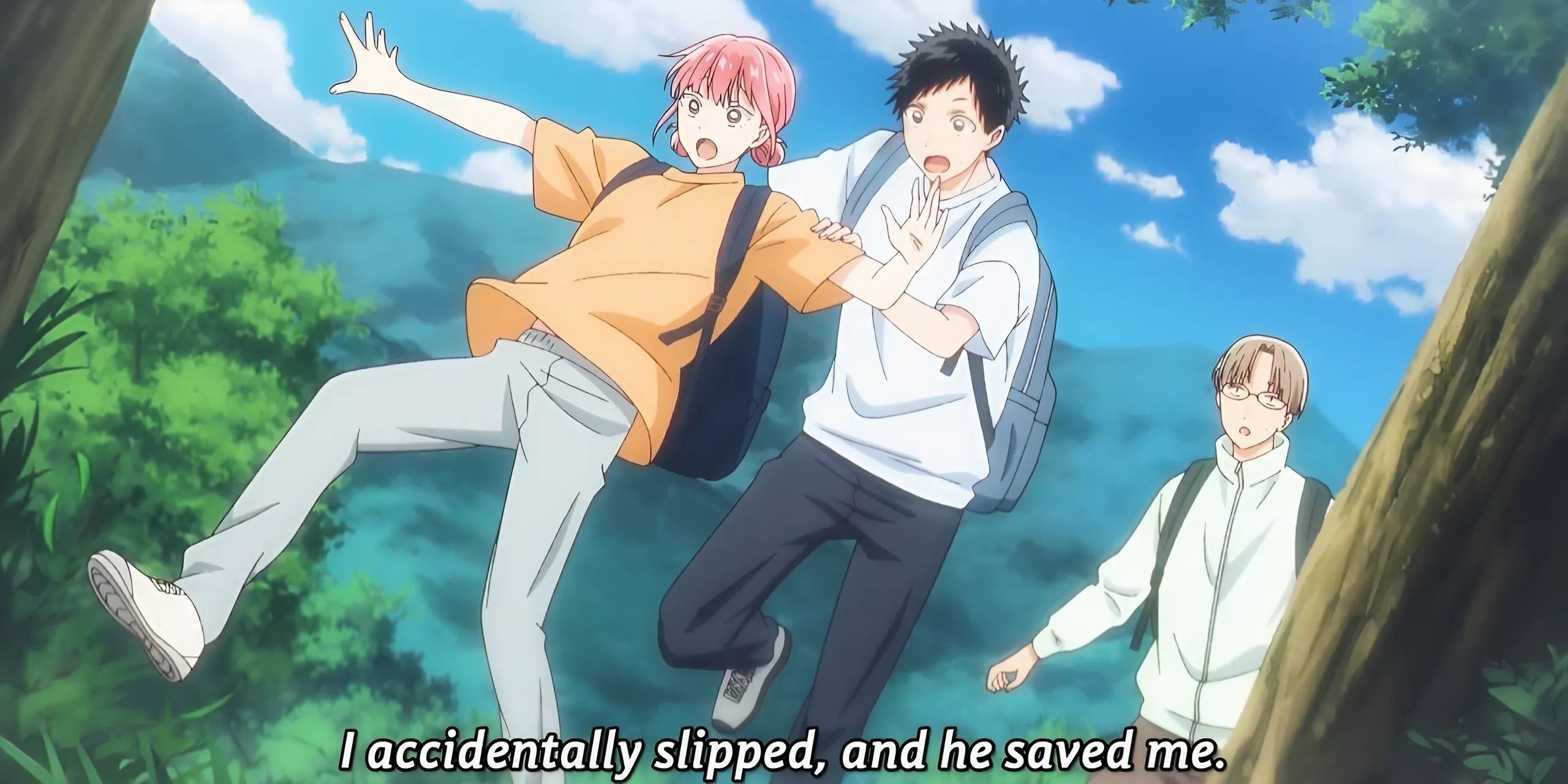
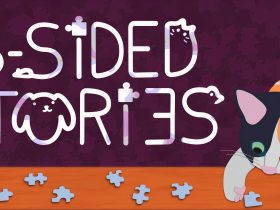
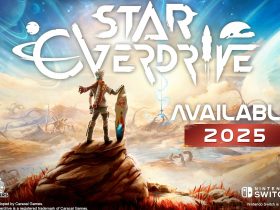
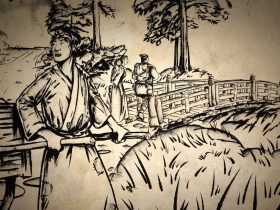
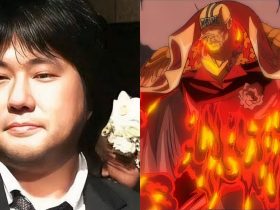
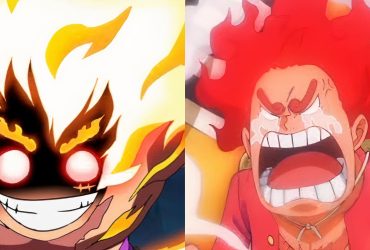
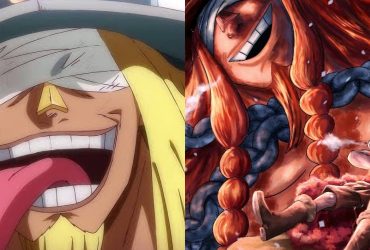
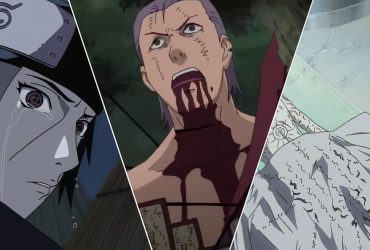
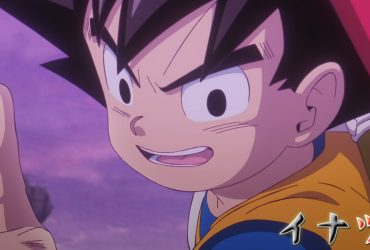
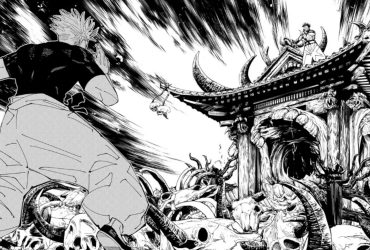
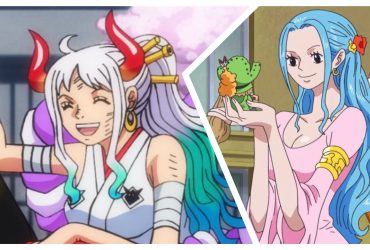
Leave a Reply